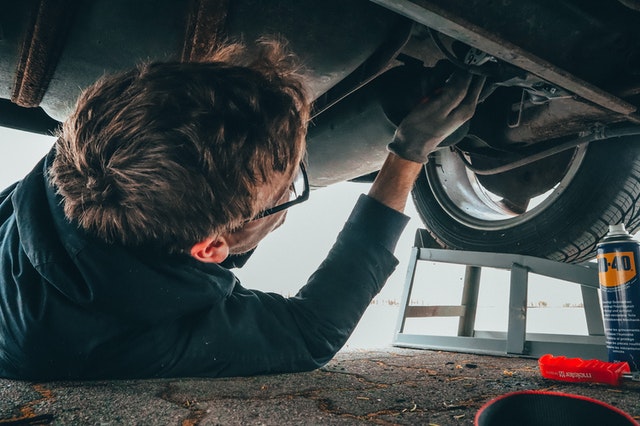Tire Repair: A Comprehensive Guide to Getting Back when traveling
Tired of obtaining stranded on the side of the roadway with a flat tire? Look no further. This article on tire repair work has obtained you covered. Whether you’re a experienced vehicle driver or a novice behind the wheel,understanding how to fix a tire is a important skill that can conserve you time,money,and stress. Get it doe for you atTire repair in Kenosha.
In this detailed overview,we’ll walk you with the step-by-step process of dealing with a flat tire,from determining the issue to returning when driving safely. We’ll cover different kinds of tire damage,such as slits and sidewall tears,and supply functional pointers on just how to take care of each circumstance. We learned more about auto repair here.
Indicators That Your Tire Needs Repair.
It’s crucial to be able to recognize when your tire requires fixing. Some typical signs include:.
Visible Punctures or Cuts: Inspect your tires on a regular basis for any visible damage,such as nails or screws installed in the walk or sidewall. Even little leaks can lead to slow leaks or blowouts if left ignored.
Loss of Air Pressure: If you find yourself needing to load your tires with air more often than common,it could be a sign of a slow-moving leak. This could be brought on by a slit or a damaged valve stem.
Resonance or Uneven Wear: If you notice excessive resonance while driving or uneven tire wear,it could show a issue with your tires. This could be triggered by imbalance,suspension issues,or an underlying tire trouble.
Bulges or Blisters: Bulges or blisters on the sidewall of your tire are a clear indicator of internal damage. This could be the result of striking a aesthetic or driving over a gap. Read more about rims.
Typical Causes of Tire Damage.
Comprehending the common root causes of tire damages can help you take preventative measures to prevent unnecessary repairs. A few of the most common reasons include:.
Slits: Sharp things on the road,such as nails or screws,can quickly puncture your tire and trigger a leakage. Stay clear of driving over particles whenever feasible.
Roadway Hazards: Potholes,visuals,and various other road dangers can cause damages to your tires,causing punctures,sidewall rips,or internal damage. Keep alert and prevent these hazards whenever possible.
Underinflation or Overinflation: Improper tire stress can bring about extreme damage,reducing the life expectancy of your tires. On a regular basis check and preserve the recommended tire stress.
Driving on Worn Tires: Driving on tires that are broken or have low step deepness increases the danger of a blowout or loss of control. Replace your tires when the step deepness gets to the recommended minimum.
Tools and Materials Needed for Tire Repair.
To efficiently repair a tire,you’ll need the complying with devices and materials:.
Tire Plug Kit: A tire plug kit usually includes a rasp device,a needle device,rubber cement,and fixing spots. This set is crucial for fixing small slits.
Valve Stem Tool: A shutoff stem device is utilized to get rid of the valve stem core,allowing you to deflate the tire for repair.
Cable Brush: A cord brush is made use of to clean the pierced location and remove any particles or rust.
Rasp Tool: A rasp tool is used to rough up the surface of the pierced location,advertising better bond of the fixing patch.
Rubber Cement: Rubber cement is used to create a solid bond between the tire and the repair patch.
Repair Work Patches: Repair spots are adhesive-backed rubber patches that cover the punctured location,sealing it and protecting against air leakage.
Tire Inflator: A tire inflator,such as a mobile air compressor or a tire pump,is used to inflate the tire to the suggested stress after the repair.

